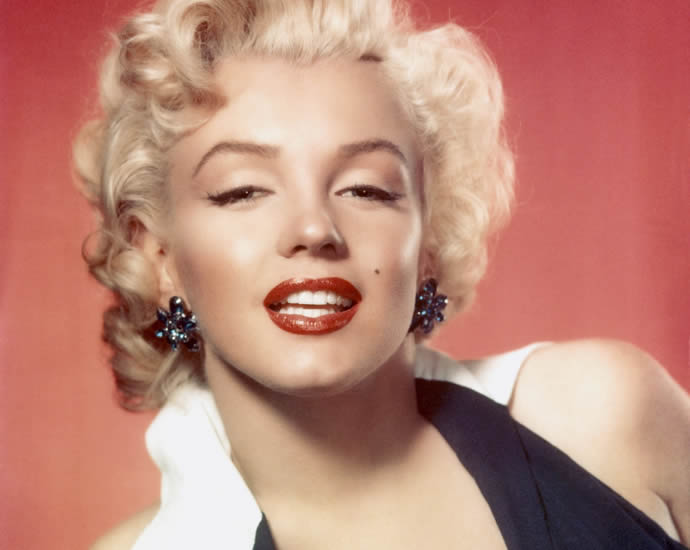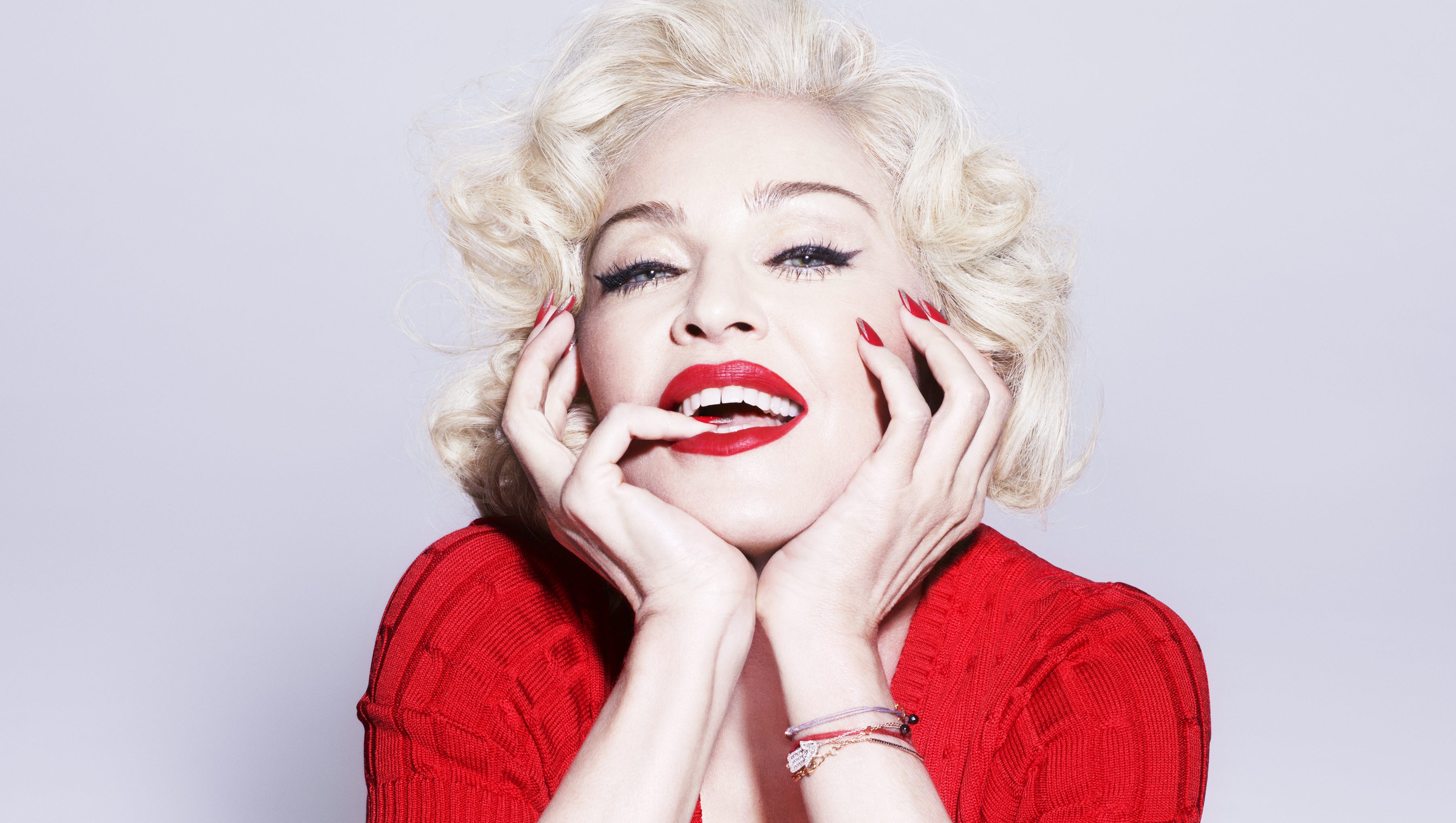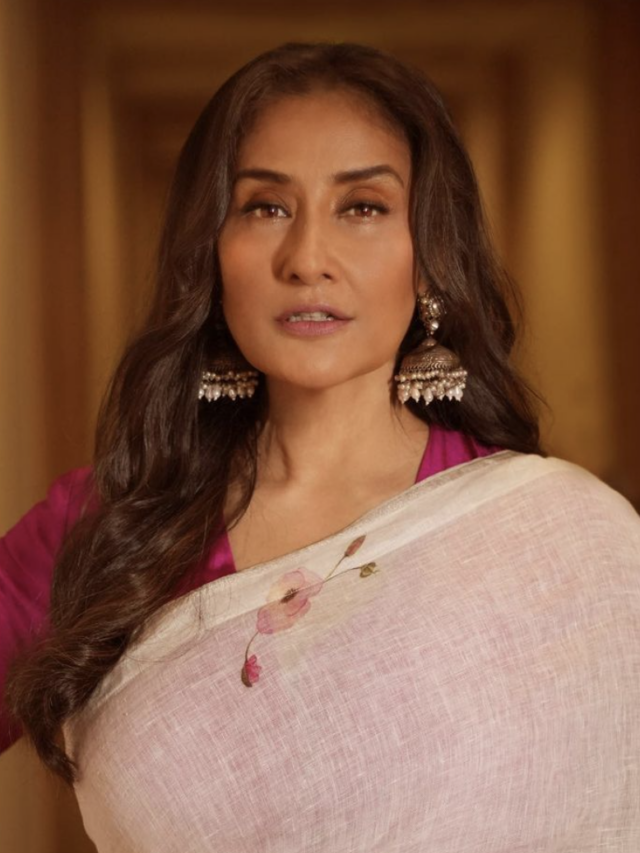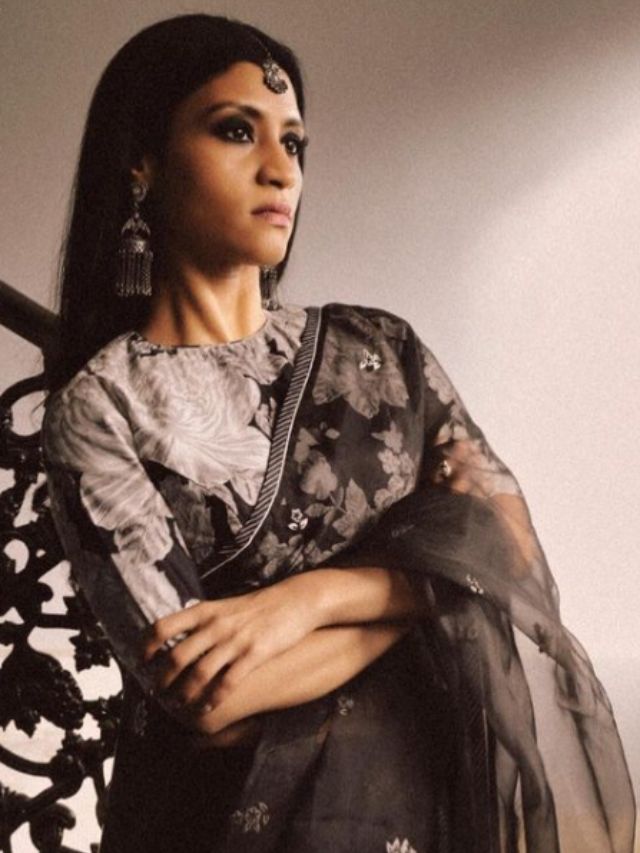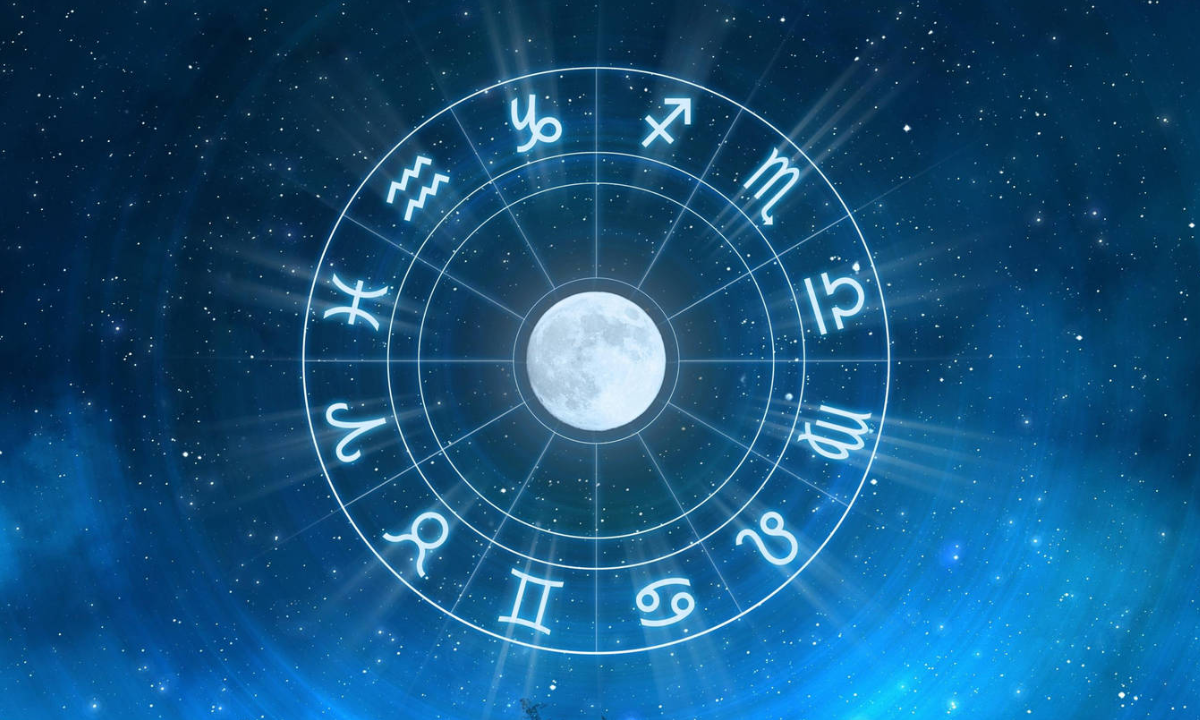Lipstick Feminism: The Story Of Red Lipstick, Rebellion And Rise Of Women
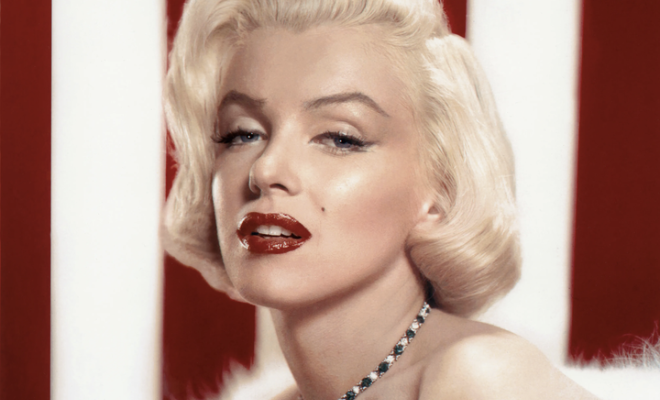
We, women, love our makeup and the one thing that every single one of us loves is lipstick. If we had to pick one product from our entire collection to apply, it would definitely be lipstick. While most would say that lipsticks and makeup are about feminity, history begs to differ. Did you know that lipstick has a lot to do with feminism and the feminist movement? Lipstick is more than just a makeup product, it’s a way to rebel and protest. If I were to ask you what’s the one shade of lipstick that makes you feel confident and powerful, most of you would say red. It’s classic and it’s bold but it’s also edgy and empowering and it has a deep-rooted history and connection with women empowerment.
In the initial days of feminism, most women tried to disassociate with their feminity and sexuality and shunned makeup for making women look a certain way and conforming to the norms but over the years, feminism also saw a wave of change. This new change brought a shift where women decided to embrace their sexuality and shed the stereotype of what a feminist woman looks like. That’s when lipsticks came into play. Even today, lipsticks are an important tool of empowerment for women. A red or a bold coloured lipstick is often associated with a woman of ill-repute which is also why most shy away from such colours but for those of us who love rebellion, red lipstick does the job effortlessly. Having said that, let’s take a look at the history and origin story of red lipstick and lipstick feminism.
The Origin Of Red Lipstick
Who’s the one iconic femme fatale from Ancient Egypt? Yepp, I’m talking about Cleopatra. Now, here’s the thing, she wore red lipstick. History traces the first use of red lipstick back to the queen of Ancient Egypt. She was known to create shades of red lipstick by crushing ants and beetles for the pigment along with flowers and fish scales for a luminous finish. However, in the 16th century Christian Churches associated red lip colour and makeup with Satan worship. They suggested that it had ties to the devil which led to a stringent ban on the use of makeup. Yepp, it’s true. Like makeup makes us Satan’s spawns! Hah! But Queen Elizabeth I gave this raucous argument the cold shoulder as the atmosphere between the church and the people remained tense. She continued applying red lipstick which allegedly led to her demise. On the other hand, Queen Victoria termed using makeup and cosmetics as impolite which led to the dramatic decline of their usage.
In the 18th century, when red lipstick was still looked down upon, women found a way to deal with it. In a bid to avoid social judgement and social criticism and being branded a woman of ill-repute, women and young girls would secretly wear red lipsticks in private in the solitude of their homes. Apart from that, red lipstick was reserved for the stage or courtesans. Red lipstick has seen loads of highs and lows over the years. For a while, this lip colour was associated with women of notoriety. At the same time, women in the history of the world wore shades of red to assert power and social status and popularised red lipstick. But makeup came back with a bang due to its rich history and the role it played in feminism.
Red Lipstick And Its Role In The Women’s Suffrage
We know of a time when women did not even have basic rights like the right to vote and the fight for the right to vote is known as the suffragette movement and red lipstick had a major part to play in it. Women were denied the right to vote in the US in 1847 but a year later a group of mostly female and some male activists met to fight for women’s right to vote. And red lipstick became a prominent part of their uniform. The women activists and participants of the suffragettes brought red lipstick to the centerstage after they took to the streets of New York in the 19th century sporting them. After wearing the red lipstick in the privacy of their homes, women turned rogue and used this rouge shade to fight centuries-old patriarchy. Female entrepreneur and cosmetic brand owner Elizabeth Arden ensured that red lipstick was in the spotlight during the suffragettes’ march. She personally took to the streets to distribute red lipstick to the female participants.
Although it was bright, bold, daring, and adventurous, the colour red was also feminine and became a symbol of strength with a mix of femininity, rebellion and feminism. And it was only after all this that women saw a ray of hope in the 20th century when some States began giving women the right to vote. In 1920, after the 19th Amendment to the Constitution, over 8 million women in the US cast their vote for the first time. And soon after the red lipstick made its way to showbiz.
Also Read: Celebrating The Deeply-Knit Bond Between Fashion And Feminism
Modern Day Lipstick Feminism
From Hollywood’s sex symbol, Marilyn Monroe to Madonna to Taylor Swift to Rihanna, we’ve seen celebs who share a deep connection with red lipstick and their love for this shade is evident. In today’s time, red lipstick not only makes a woman feel empowered but also boosts her confidence but it also continues to remain an act of rebellion and a feminist statement. The reason? Red lipstick is still associated with women of ill-repute and women who wear such bold shades are often labelled the wrong way – slut, whore, bitch and whatnot. And most women wear this shade to rebel against the labels we’re given.
In the 21st century modern world, red lipstick continues to carry a multitude of meanings. It can mean signify confidence, wealth, power, position, social status, style, and it can also signal seduction. Red lipstick demands attention and it exudes power. Today, it’s not just red lipstick but all lipstick shades that help us rebel against patriarchy and stand for feminism. The lipstick feminism embraces womanhood, passion, sexuality and the sensualities of a woman. It is a way for women to reclaim derogatory words and labels and use them to spread awareness about their cause, feminism. Women did turn the word slut into a SlutWalk movement to call for an end to the rape culture, victim blaming, shaming and slut shaming. The lipstick feminism is all about using negative stereotypes to reclaim feminity and feminism and bring about a positive change.
Modern-day lipstick feminism breaks the barrier and stereotype of what a good woman should look like. It embraces labels like ‘slut’, ‘immoral woman’, ‘chick’ and other such terminology and aims to redefine the meaning to empower women instead of patronizing and depowering them. It aims to prove that women can be empowered in every possible way while wearing makeup, appealing clothes and embracing their sexualities. The new-age feminism is about choice and does not conform to the social norms of a “good girl” or a “decent woman” or a “virtuous woman”.
Also Read: Hautetalk: How My Lipsticks Became Silent Weapons Of Rebellion For Teenage Me
FYI, modern-day lipstick feminism is actually a subset of the third wave of feminism following the second wave. The second wave began in the US around the 1960s when the beauty industry and beauty standards were challenged and boycotted. All things feminine including bras, makeup, magazines and more were boycotted and women embraced unorthodox appearances like unshaved legs and makeup-free faces as a sign of liberation. We all know that feminity and feminism usually don’t go hand in hand but lipstick feminism is the one place where feminism and feminity meet with a mix of freedom of choice. Clothes, makeup, beauty etc, have always been considered superficial and problematic. These things were also seen as a tool of oppression, exploitation and a way to institutionalise women. But the third wave of feminism brought with it lipstick feminism which aims to lead women to empowerment without having to look a certain way and conforming to social norms in whatever way that they may deem fit. This wave of feminism aims to balance the idea of political activism while embracing beauty choices, be it red lipstick or unshaven legs while breaking free from societal beauty standards.
Having said that, the statistics and data also favour makeup as a feminist tool. A Harvard University study suggests that women feel more competent at their job when they wear red lipstick. The study found that the women participants who wore bold makeup and red lipstick seemed more confident as compared to those who went with a minimal or natural makeup look. In fact, another study conducted in the US suggests that 44% women don’t like to step out of their homes without makeup because it affects their self-esteem and confidence. Women feel more sociable, assertive and confident when they wear makeup and they also feel that they’re treated in a more favourable manner.
In other words, it’s time to bring out your red lipsticks to rebel and fight patriarchy while feeling confident and powerful. Our red lipstick has fought several wars to make its way to our time and it’s truly a force to be reckoned with, much like us women.







